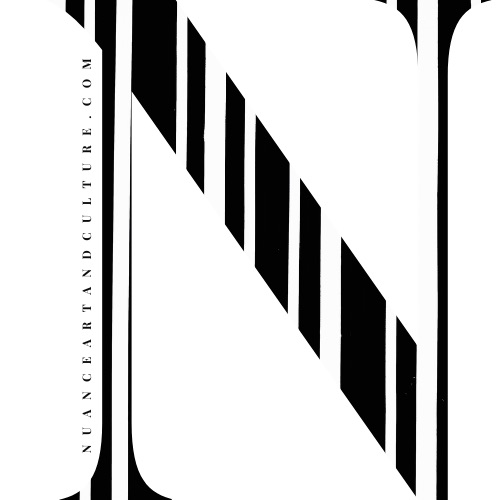Birth

Birth
Li Xinmo, Installation,
500 cm x 300 cm x 300 cm, 2024
Piece Description:
Text: Li Xinmo
The inspiration for this work comes from ancient iconography picturing Fuxi and Nüwa, in which Fuxi and Nüwa are intertwined with the upper half of their bodies being of human form and their lower bodies in. I sewed two cylindrical snake-like shapes out of lace and snake-patterned fabric that symbolize femininity. They are bent and twisted into an installation hanging in the air. This installation piece aims to present a primitive force that exists in nature. Snake is an ancient totem and a symbol of mystery and primitive power. In ancient China, snakes symbolized reproduction and derivation; in ancient India, snakes symbolized the cycle of life and death and rebirth; in ancient Egypt, snakes also symbolized power. However, snakes also have a negative symbol, such as the snake in the Biblical Genesis that tempted Eve to eat the apple from the Tree of Knowledge, leading to the expulsion of human beings from the Garden of Eden, and Medusa in ancient Greek mythology, who was also a snake incarnation. This work is also a reflection on nature and women.
Text: Zhong Ting
As an eco-feminist artist, Li Xinmo extends the female body into nature, society, and culture, demonstrating her concern for women’s issues and ecological problems. As a totem of ancient fertility worship, Fuxi and Nüwa is a symbol of the handover from a matriarchal clan-based partnership to a patriarchal clan-based power relationship. The way in which founding myths are written often implies the way in which people are socially and culturally constructed. Li Xinmo employs feminine lace and serpentine fabrics to create the intertwined bodies of Nüwa and Fuxi, highlighting the “body politics” of women. Embedded in this ancient iconography, we see that humans, gods, and animals are integrated into each other, conveying confusion and awe that our human ancestors felt towards the mysterious power of nature. The fear of the unknown is enough to cause one force to plunder and enslave another. Underneath the installation we find a bed of artificial moss. This symbolizes the artist’s view that the skin of the earth is like a neglected or invisible ancient creature, breathing with us. In the Five Phases, moss belongs to the flexible, changeable and resilient yin of wood. In this installation, moss takes over the birth of new life with the yin power of the mother goddess.

Birth
Li Xinmo, Installation, 500 cm x 300 cm x 300 cm, 2024
